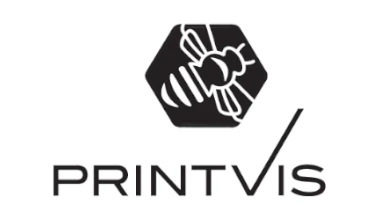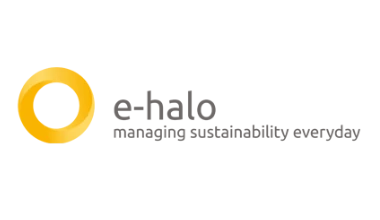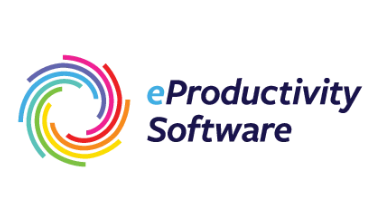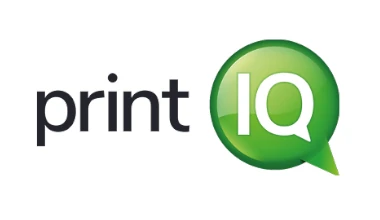Packaging
Carbon management for packaging is no longer optional.
No matter if you are a consumer goods and retail (CG&R) company buying packaging or a
manufacturing business supplying packaging, the entire value chain faces significant challenges:
Incoming regulatory pressure
Looming reputational risks
Increasing customer demand for sustainability transparency
Vital for customer retention
Sustainability within the packaging industry starts with carbon management…
In an industry that typically accounts for 30% of FMCG companies’ greenhouse gas emissions, carbon management is no longer a ‘nice thing to have’ – it’s business critical.
That’s why companies like Dufaylite are making the decision to change.
But why now?
The growing demand from customers for carbon footprint data and lifecycle analyses of products is a main driving factos for many organisaitons. Combined with the increasing pressure from regulatory bodies and government legislation, carbon management is no longer ‘optional’.
“As a company working with multi-billion-pound suppliers and customers, Dufaylite recognised the strategic opportunity to differentiate itself in a competitive market by offering comprehensive, transparent carbon data.”

There are four key carbon drivers across the packaging supply chain.
When implementing decarbonisation strategies, the packaging sector faces unique challenges due to the wide variety of products, machinery, raw materials and supply chains involved.
Raw materials (40-70%)
Product process (10-20%)
Secondary Impacts – inks, transport etc. (13-20%)
End-of-Life (EOL) Considerations (5-40%)
What we cover
CarbonQuota is here to help you navigate the complex and opaque world of establishing the environmental impact of work produced by your suppliers and partners.
While we can help you measure your own environmental impacts from your operations, including offices, business travel and digital, the main impact is in the production and distribution you manage on behalf of your clients.
- Full end-to-end coverage of all materials, processes and transport
- Accurate, comprehensive measurement across entire product lifecycle assessments (LCAs)
- Our assessments can also cover water and other environmental impacts alongside carbon
- All types of packaging: from raw material extraction to disposal, you name it, we can do it
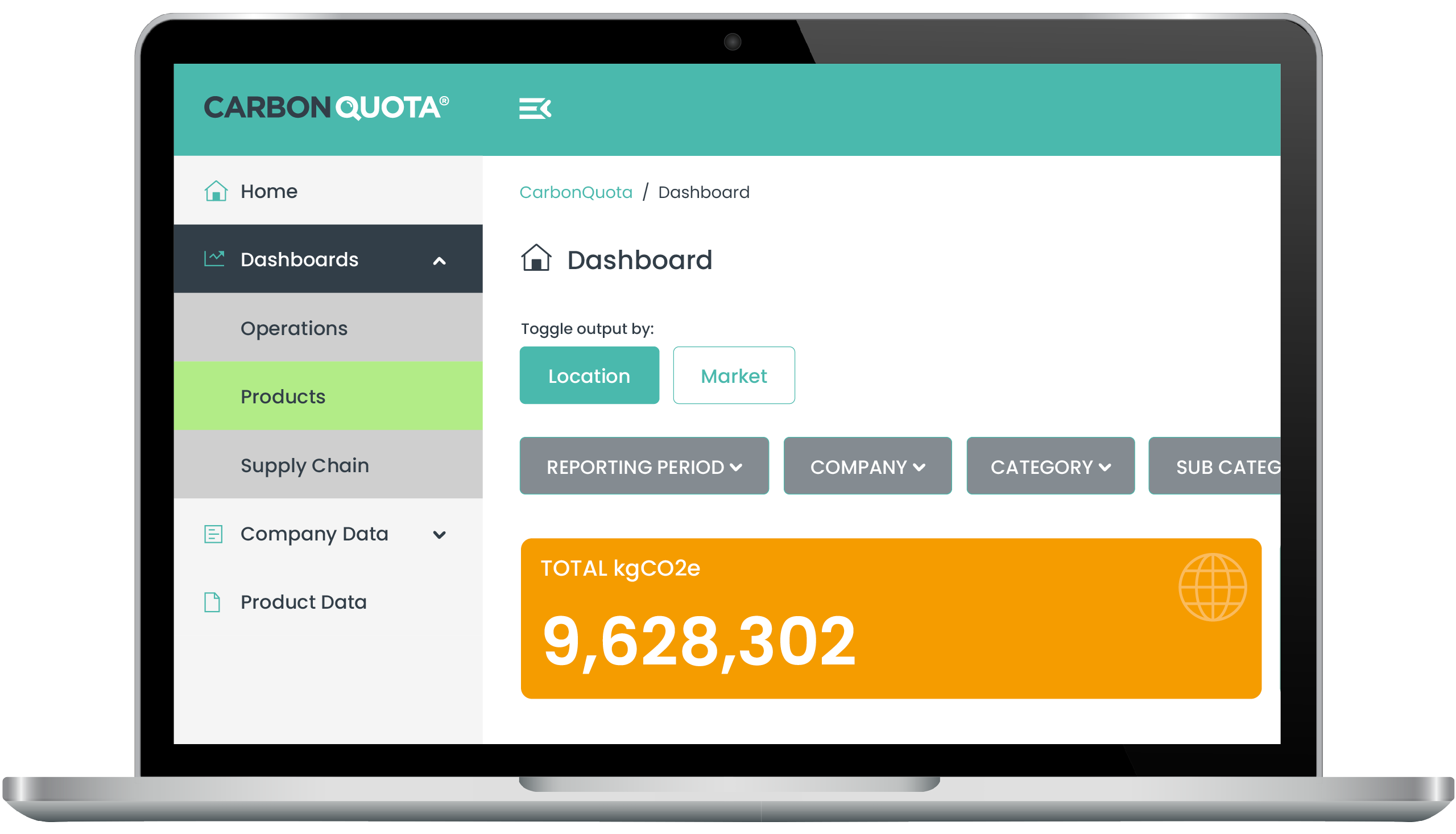
CarbonConnect
Get Product Carbon Footprint data seamlessly via our Integration Partner network:
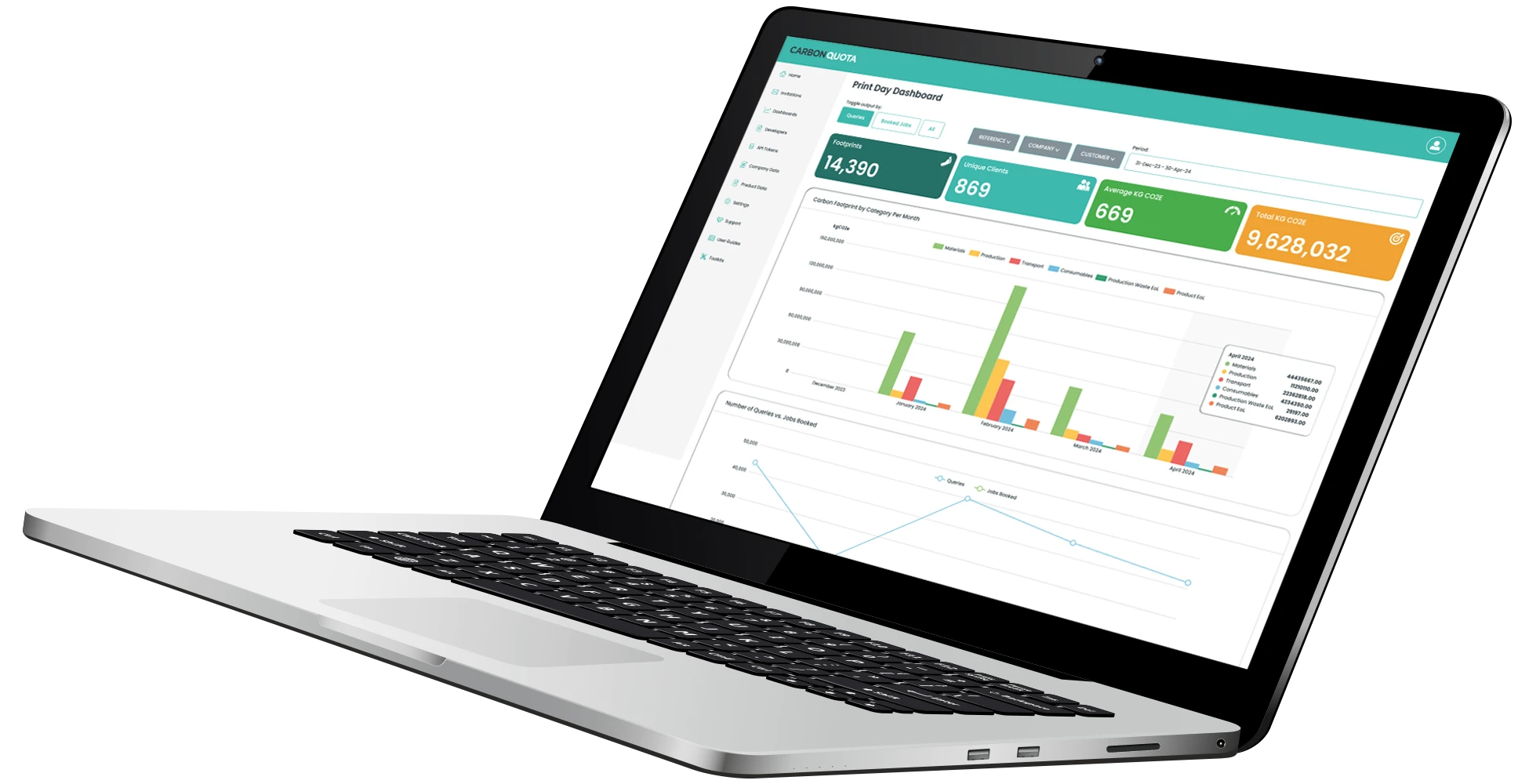
How we do it
CarbonQuota’s ground-breaking platform eliminates the disconnect by standardising methodologies, streamlining data collection, and providing verified environmental impact measurements that both Brands and Suppliers can trust.
From detailed lifecycle assessments (LCAs) covering all environmental impacts to rapid studies focussing on carbon footprint, we:
- We work with you and your sub-suppliers to cover the full lifecycle
- Our experts guide you through the process
- We meet you where you are on your journey
- We provide tools to provide data and reporting frameworks to communicate client sustainability metrics and specific assessments of products, shipping/transportation and manufacturing
📦 Packaging sustainability FAQs
*Blank* Do not edit
What is sustainability?
A sustainable individual or organisation is one that doesn’t deplete nature or natural resources faster than they re-generate, doesn’t directly or indirectly destroy natural habitat, and doesn’t compromise the ability of future generations to meet their own needs. In this way, human civilisation can co-exist with nature.
What is CO2e?
CO2e is the standard measure for carbon footprints. It includes carbon dioxide as well as the other most important greenhouse gases created by human activities that contribute to climate change. These are converted to a much simpler to understand ‘carbon dioxide equivalent’, or CO2e. This makes it possible to track emissions across different activities and industries in a standardised way. It enables consistent comparison between industries, specifications, countries, and time periods while simplifying complex environmental impact assessments into an understandable metric.
What is a product carbon footprint, and why is it important?
Products require energy-intensive manufacturing processes, which traditionally rely on burning fossil fuels such as oil, gas and coal. This releases greenhouse gases into the atmosphere which trap more heat than normal in the atmosphere. This accelerates global climate change – so understanding and reducing a product carbon footprint means you can do something about climate change.
What is the difference between Scope 1, 2 and 3 emissions?
Scope 1 and 2 refer to carbon emissions that an organisation directly controls. Scope 1 is on-site combustion of gas and oil, fuel for company vehicles, industrial usage of greenhouse gases such as CO2, and leakage from units such as refrigeration. Scope 2 refers to the purchase of electricity, steam, heating or cooling that was generated by a third party. Scope 3 emissoins is all other greenhouse gas emissions associated with the activity of an organisation, most notably in their upstream and downstream supply chain. Scope 3 also includes other activities such as business travel, commuting, capital goods, leases, franchises and investments – along with the processing, use and end-of-life of products sold to another organisation or to the end consumer.
What does it mean if a company has Science Based Targets (SBTI) for tackling climate change?
Organisations that have signed up to the Science Based Targets Initiative (SBTI) are committed to making change in their operations and supply chains to reduce their carbon emissions. This must be in line with the Paris Agreement to limit global warming due to climate change to 1.5oC.
What are the Carbon Disclosure Project (CDP) and Global Reporting Initiative (GRI)?
CDP is a not-for-profit charity that runs a system for investors, companies, cities, states and regions to report on their environmental impacts. Through scoring and reporting, they are encouraging transparency to encourage sustainable business operations. Similarly, the GRI covers a range of topics for sustainability reporting.
